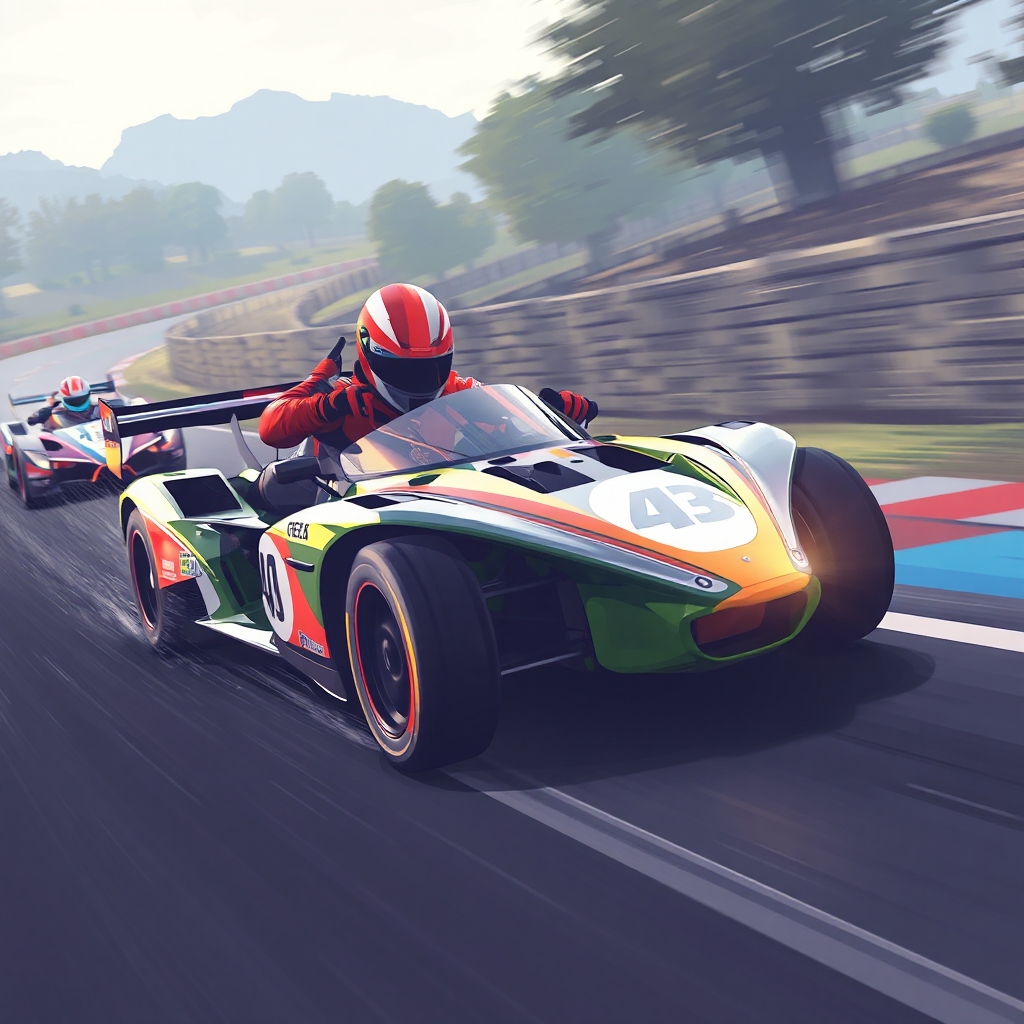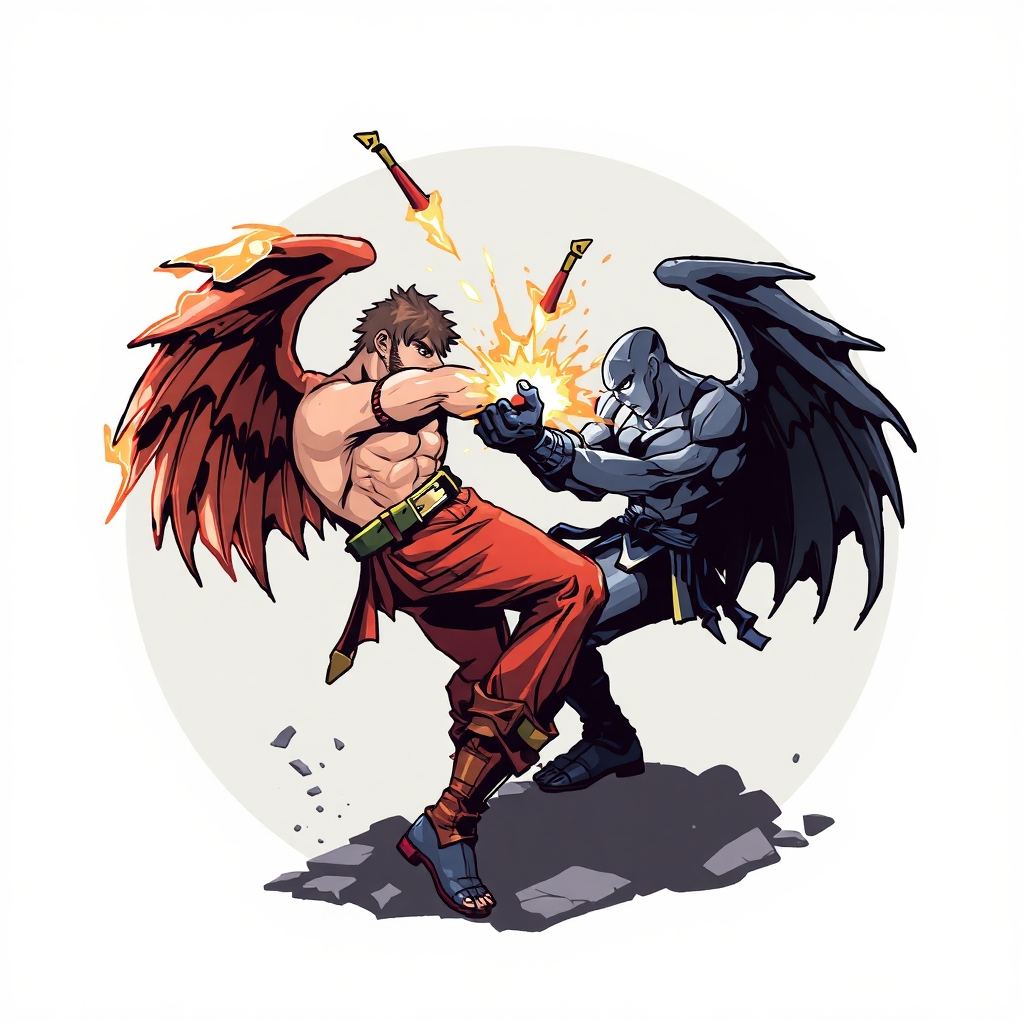Fighting Games
Introduction
Fighting games have been a cornerstone of the gaming industry for decades, delivering fast-paced action, competitive gameplay, and iconic characters. From classic arcade titles to modern esports competitions, the genre has continuously evolved while maintaining its core appeal—intense one-on-one combat. Games like Street Fighter, Tekken, and Mortal Kombat have set the standard, attracting millions of players worldwide.
Whether it's mastering complex combos, perfecting defensive strategies, or competing in tournaments, fighting games offer an exciting and skill-based experience. The genre has expanded beyond its traditional roots, incorporating deep storytelling, online multiplayer modes, and even crossover characters from different franchises. As the gaming landscape evolves, fighting games remain a fan favorite, providing both casual enjoyment and professional-level competition.
The Evolution of Fighting Games
The origins of fighting games can be traced back to the arcade era of the 1980s. Games like Karate Champ (1984) introduced basic one-on-one combat mechanics, but it was Street Fighter II (1991) that truly revolutionized the genre. With a diverse cast of characters, unique special moves, and competitive gameplay, it became a global sensation.
As technology advanced, fighting games transitioned from pixelated sprites to detailed 3D character models. The Tekken and Virtua Fighter series pushed the genre forward with realistic animations and dynamic fighting styles. Meanwhile, franchises like Mortal Kombat introduced brutal finishing moves and cinematic storytelling, adding an extra layer of excitement.
With the rise of online gaming, fighting games have become more accessible than ever. Players can now compete against opponents worldwide, participate in ranked matches, and watch professional tournaments through live streaming platforms. Games like Super Smash Bros., Dragon Ball FighterZ, and Guilty Gear Strive have further diversified the genre, attracting players from different gaming communities.
Core Features of Fighting Games
-
Character Diversity and Fighting Styles
-
One of the defining aspects of fighting games is their diverse roster of characters, each with unique abilities and playstyles.
-
Some characters excel in speed and agility, while others rely on brute strength or long-range attacks.
-
Games like Tekken and Street Fighter feature characters from different martial arts backgrounds, making matchups highly strategic.
-
Combo Systems and Special Moves
-
Mastering combos is a fundamental skill in fighting games, requiring precision and timing.
-
Special moves, such as Hadouken in Street Fighter or Fatalities in Mortal Kombat, add depth to the combat system.
-
Advanced players learn frame data, hitboxes, and counter techniques to gain a competitive edge.
-
Competitive and Esports Scene
-
Fighting games have a strong presence in esports, with major tournaments like EVO (Evolution Championship Series) attracting top players.
-
Professional players dedicate years to honing their skills, showcasing their abilities in high-stakes competitions.
-
Games like Super Smash Bros. and Guilty Gear Strive have passionate communities that drive the competitive scene forward.
-
Online Play and Global Competition
-
Modern fighting games offer robust online matchmaking, allowing players to test their skills against global opponents.
-
Features like ranked modes, rollback netcode, and online lobbies enhance the multiplayer experience.
-
Streaming platforms like Twitch and YouTube have contributed to the popularity of fighting games, bringing them to a wider audience.
The Appeal of Fighting Games
Fighting games attract players of all skill levels. Casual players enjoy the thrill of performing flashy moves and competing with friends, while hardcore gamers dedicate themselves to mastering advanced mechanics. The genre offers:
-
Skill-Based Gameplay – Success in fighting games depends on reflexes, strategy, and execution rather than luck.
-
High Replay Value – No two matches are the same, making every fight a unique challenge.
-
Iconic Characters and Lore – Many fighting game franchises feature rich backstories and unforgettable characters, adding depth to the experience.
The Future of Fighting Games
With advancements in gaming technology, the future of fighting games looks promising. Developers are focusing on:
-
Enhanced Graphics and Animations – More detailed character models, smoother animations, and realistic physics.
-
AI and Training Modes – Smarter AI opponents that adapt to player strategies, helping newcomers improve their skills.
-
Cross-Platform Play – Allowing players on different consoles and PCs to compete against each other seamlessly.
As new games continue to innovate, the fighting game genre remains a staple of the gaming world. Whether you're a casual player or a competitive fighter, there's always something exciting to experience in the world of fighting games.
Conclusion
Fighting games have stood the test of time, evolving from simple arcade battles to complex and competitive experiences. With their deep mechanics, diverse characters, and thriving esports scene, they continue to captivate players worldwide. Whether you're looking for a fun way to challenge friends or aiming to compete at the highest level, fighting games offer an engaging and rewarding experience. The future holds even more possibilities, ensuring that the genre will remain a powerhouse in the gaming industry for years to come.


































































